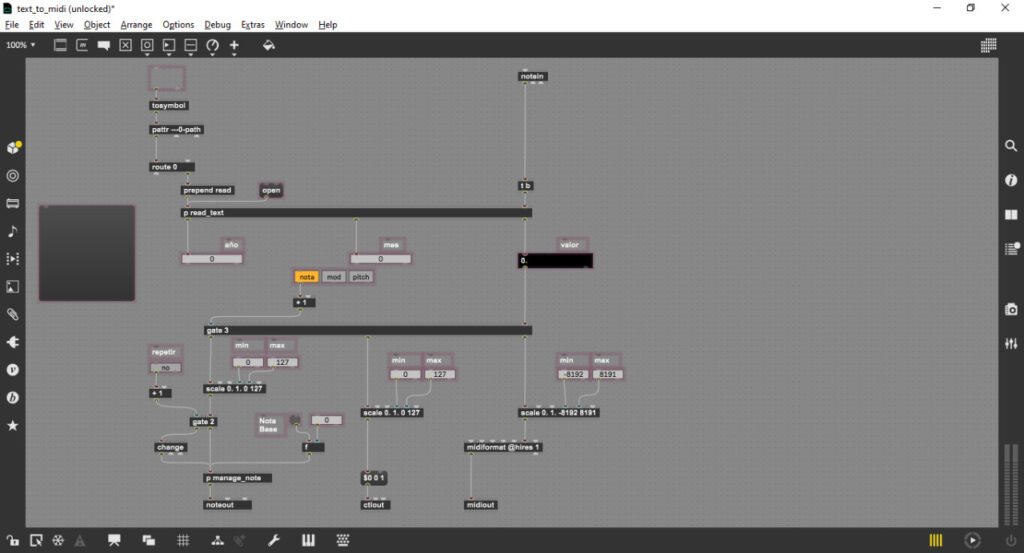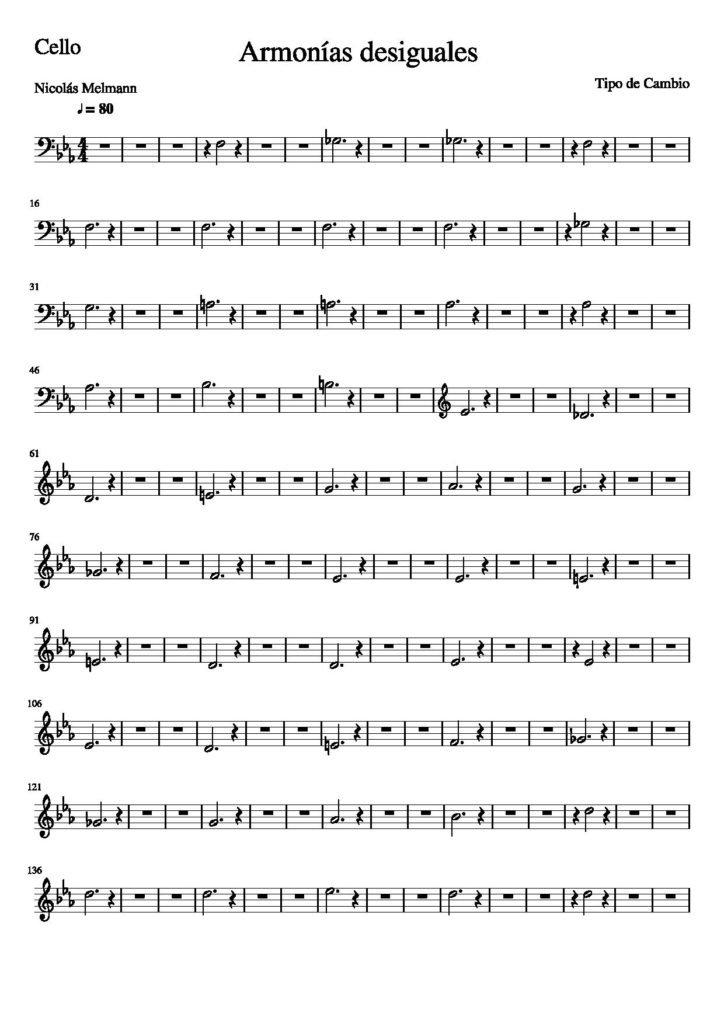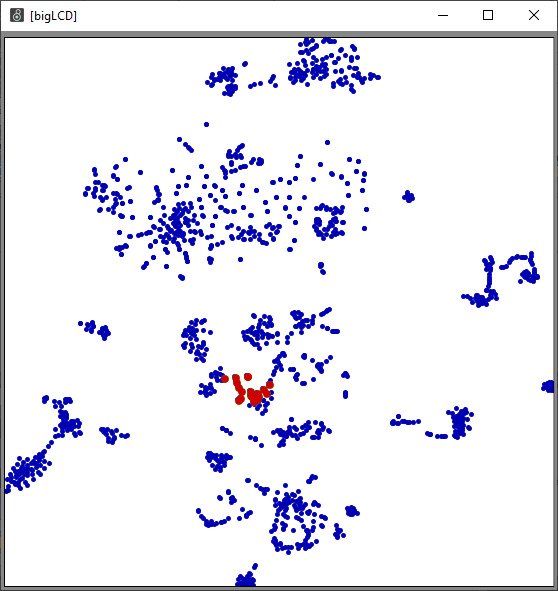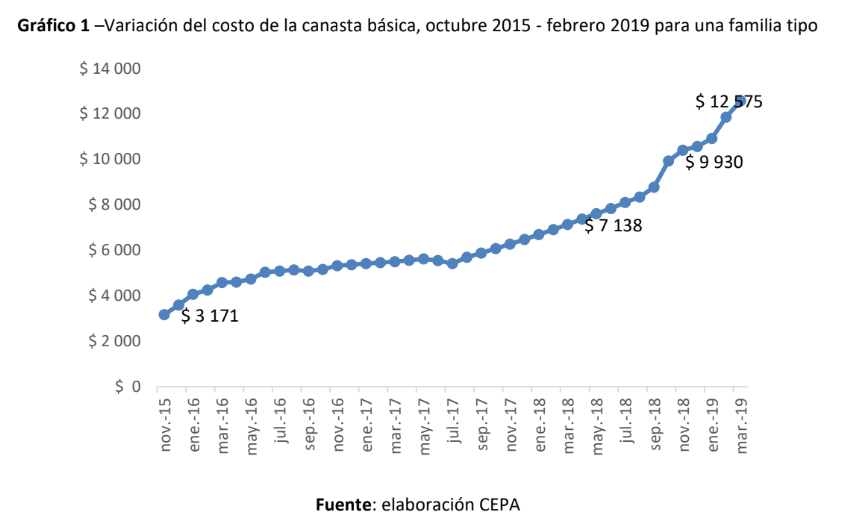DATA SONIFICATION / SOUND INSTALLATION
Artist: Nicolás Melmann
Collaboration : Fabian Sguiglia
PROJECT: Armonías Desiguales
Armonías Desiguales is a generative musical piece that turns Argentine economic data into sound, revealing the social effects of inflation and inequality. Created during residencies Austria (AIR – Artist in Residence Niederösterreich), Spain (Master of Sound Art, University of Barcelona), and France (Château Éphémère) in 2020, the project uses Max MSP and openFrameworks to transform data like inflation, poverty, unemployment, and basic goods prices into musical elements.
Inspired by Timothy Morton’s concept of «hyperobjects,» it treats inflation as a vast phenomenon made audible through music. Variables like rising prices or devaluation are mapped to specific instruments, creating dynamic soundscapes that narrate Argentina’s economic realities, such as bread prices fluctuating 21 times in January 2020.
The project critiques systemic inequality, turning harsh economic data into immersive sonic experiences. A related visual piece, Mirá que Promos by Nicolás Bernez, tracks inflation through 17 years of empanada price changes, reinforcing these themes.
EXHIBITIONS:
- FAD DIGITAL ART BIENNAL – RÍO DE JANEIRO (2022 – 2023)
- CHATEAU EPHEMERE – POISSY FRANCE (2020)
- INSTALLATION – SETZKASTEN – VIENNA (2020)



FRAGMENT OF THE PIECE

The system designed in MAX MSP allows to generate scores creating the possibility that the score is interpreted by instrumentalists

Timbre transformation / Parameter mapping :
We connect exchange rates, inflation, and basic basket prices to pitch, making them easy to perceive. Other data from the database adjusts the behavior and articulation of sampled instruments.
To achieve this, we created a Max for Live device that uses smooth interpolation to transition between parameter values in Ableton Live. Additionally, we developed a corpus-based synthesizer that uses machine learning to organize and map data to sound samples. This allows the system to browse recordings and gradually modulate sound parameters over time. Both tools transform raw data into dynamic, evolving music.



Bernez collected delivery flyers from his neighborhood, showing the price rise from $1 to $15. A flyer from 2019 reveals the price reaching $36, a 36-fold increase over 20 years, reflecting 3,600% inflation.
For more on Mirá que Promos click here
Argentine Economy Data Source: INDEC





Art residency : Chateau Ephememere Fabrique sonore et numérique

MIDI MAP
COLLABORATORS :
Economists Martín Burgos, Nadia Shuffer, Emiliano Pazos, the psychologist Matías Gallipoli, and the artists Nicolás Bernez, Fabián Sguiglia and Emilio Marx.


